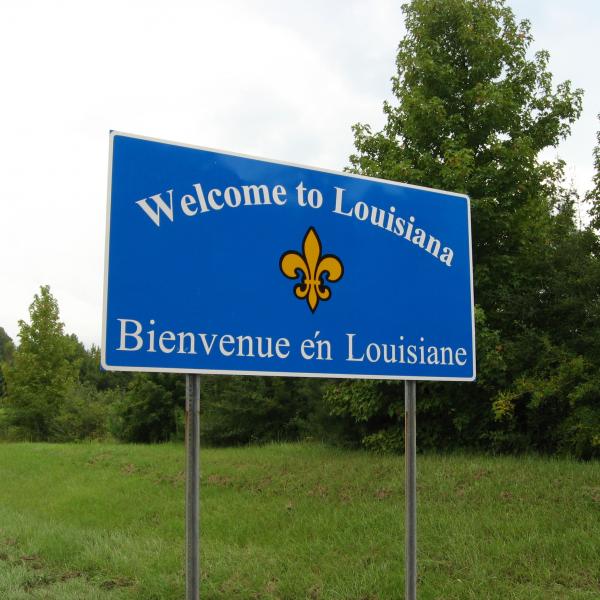Through the Romantic era, Western Art Music follows a very logical progression. To most listeners, each stylistic breakthrough resulted in music that was more interesting, sophisticated, and palatable than that which preceded it. As the music became more accessible, the audience also broadened to include various social classes. However, in the early 20th century, the aesthetic of art music took an interesting turn. As I explore this music with my IB Music students, they typically are clued into this change of course when they encounter the music of the Second Viennese School, specifically Schoenberg’s Pierrot Lunaire, an atonal work employing the German vocal technique of Sprechstimme (half singing, half speaking). While the students are fascinated by the sound, they have a hard time imagining anyone listening to the work for more than the novelty of it. Later, they have the opportunity to listen to several movements of Le marteau sans maître (The hammer without a master), an avant-garde work by Pierre Boulez (1955) while following the score. They inevitably observe that 1) it sounds like the instrumentalists are improvising random notes and rhythms without any sense of order or reason, and 2) to the contrary, the music is meticulously notated, and so ridiculously complex that it requires extremely skilled musicians to put it together accurately. At this point, they begin to question what audience this music is intended for. Is it primarily meant to be analyzed by music historians and theorists? If indeed modern composers of art music are creating music solely for the purpose of academic study, then what is the point of it? Why did this change come about?
Until the beginning of the 20th century, Western Art Music in its various forms was THE mainstream popular music, at least in Europe and to a lesser degree in America. Around the turn of the century, the listening public started becoming interested in other genres of music, such as vaudeville, dance music, ragtime, and jazz. This coincides with the time that art music began to become more experimental and less appealing to the average listener. This begs the question, did people stop listening to “classical” music because it became harder to listen to, or did composers start experimenting because they had lost their primary audience? (Disclaimer: it would be a gross oversimplification to suggest that ALL art music of the 20th century is inaccessible to the general public; certainly there are some 20th century works that have been widely received, especially in Europe.)
This brings me back to the topic at hand, jazz. As we know, jazz enjoyed a period of enormous and widespread mainstream popularity in the Swing Era (roughly 1935-1945). Subsequently, jazz progressed into the be-bop era, and most people stopped listening. Elements of jazz still hung on within the mainstream market for a little while, such as the big bands that accompanied the crooners of the post-war era, and the jump-blues bands. But jazz as a genre had moved away from the popular taste. By the time rock & roll caught on in the mid-fifties, the jazz style had virtually disappeared from popular music.
Why did the mainstream public stop listening to jazz after the Swing Era? Was the new “be-bop” style too cerebral for the average listener? It seems that in order for a tune to be popular, you need to either be able to sing it or to dance to it, and be-bop lacked both attributes. If jazz had taken a different course, would the audience have hung on for longer? Is there a chance it could have stood up to the blues-based rock & roll when competing for the youthful audience? Or was the “death” of popular jazz inevitable regardless of what happened to the style. Were the “free jazz” and avant-garde movements of the 60s a symptom that the jazz culture had given up on any attempt to recapture an audience outside of itself?
-- Karen Helseth



